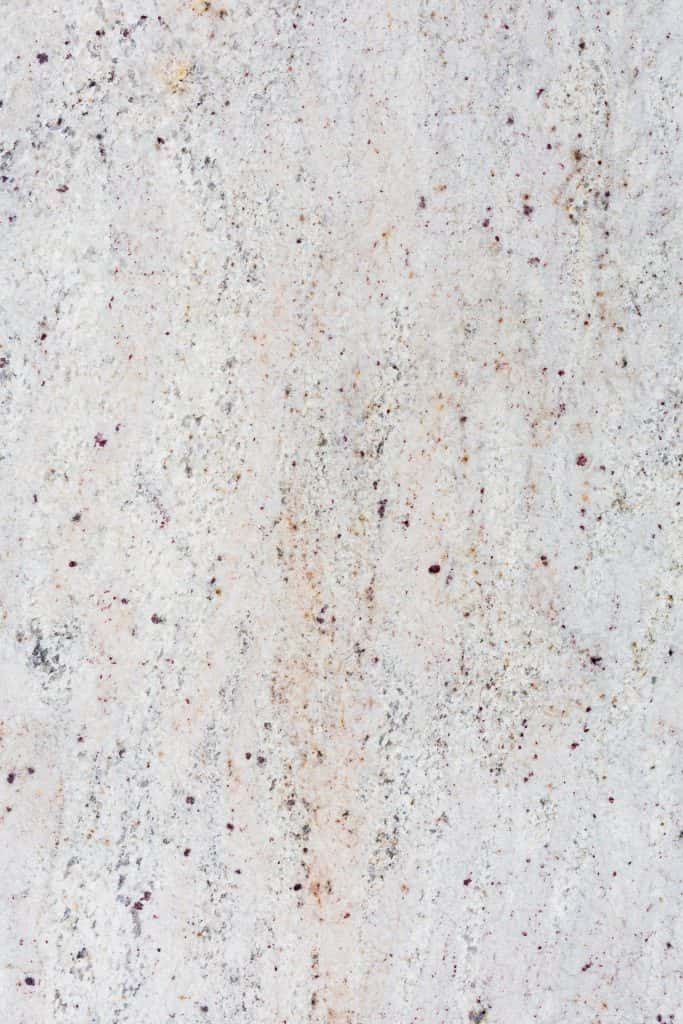The right type of home flooring makes a big difference. It’s a decision that you should spend time on when moving into a new home or renovating an old one. You need to consider the advantages and disadvantages of each type of material. After all, proper flooring makes your interiors more appealing and can enhance the quality of life spent indoors.
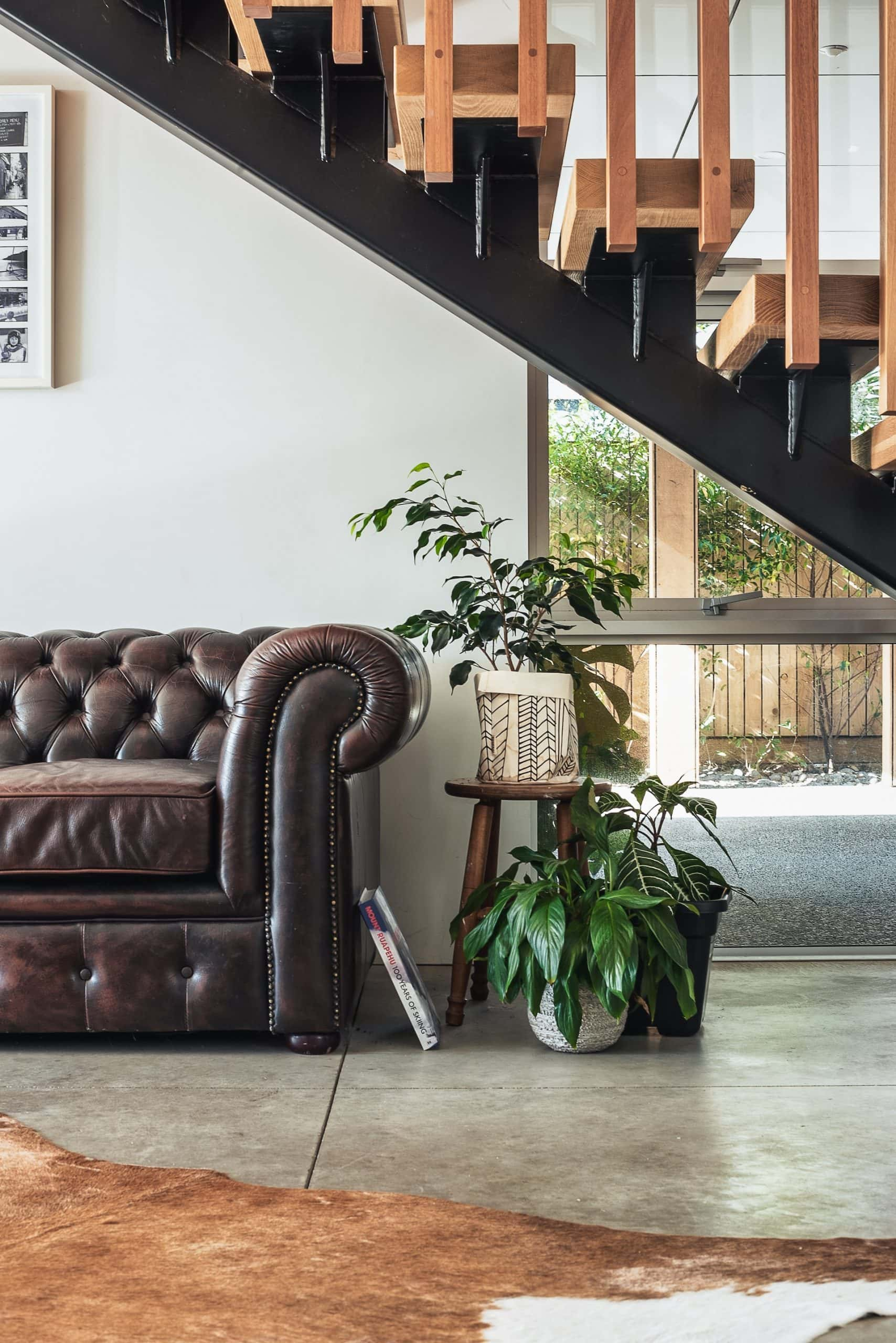
For many people, marble or tiles are the preferred options. There are many more materials to choose from. For example, types of wood, granite, laminates and red oxide.
Then, there is concrete. Concrete flooring in India can be a wonderful alternative to pick. As we go on to discuss in this piece, it can be stained in attractive colours and is available in different textures and finishes. Concrete is also durable and low-maintenance.
However, there are potential drawbacks to keep in mind when considering concrete. It all depends on the type of house, the places where concrete is used, and your expectations. That is what we’re now going to explore.
Concrete as a Flooring Material
For a long time, concrete floors were seen as soulless and industrial. Interiors with concrete were considered to be uninspiring and cold. This is no longer the case.
A variety of grades and finishes means that concrete now fits in perfectly with many types of modern décor. It is also seen as suitable for specific areas of the house, such as patios and utility areas.
Concrete is not suited for all types of houses, though. To make sure that concrete is right for you, you should weigh the pros and cons. Be clear about the final look and use that you have in mind. To help you do concrete flooring, let’s turn to the specific advantages and disadvantages of concrete as a flooring material.
The Advantages of Concrete Flooring
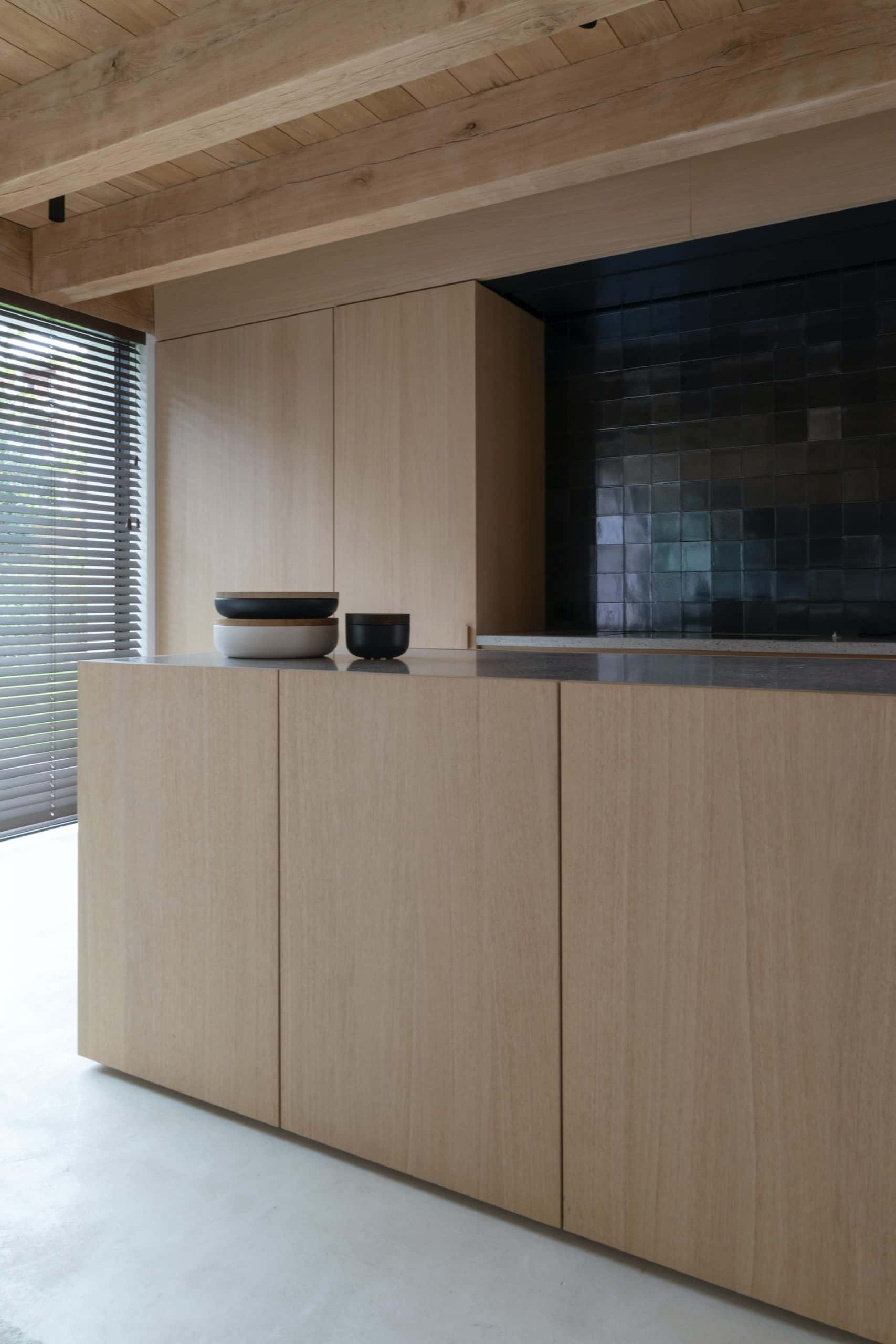
Concrete has many pleasing virtues that can make it just the right choice of flooring material for your interiors. Here are the main reasons to opt for concrete.
- With concrete flooring in India, you have a variety of options when it comes to looks. It can be finished with several types of textures, from smooth to natural. It can be matte or polished. It can also be stained in pleasing colours, in keeping with the rest of your décor.
- Concrete is hard and tough. This makes it extremely durable. It can last for decades.
- Because of its durability, concrete requires relatively little maintenance. With proper treatment, it can resist moisture and stains.
- Concrete is relatively cost-efficient when compared with other types of flooring material, such as marble or ceramic tiles.
- Many people claim that concrete is sustainable and environmentally friendly. It is made from easily available materials. Concrete slabs can be recycled to great effect.
- Concrete is versatile and goes with many other types of wall finishes and floors to create a modern, seamless effect.
- Concrete floors retain coolness and take a while to warm up. Concrete flooring makes them a good option for places with long, hot summers.
The Disadvantages of Concrete
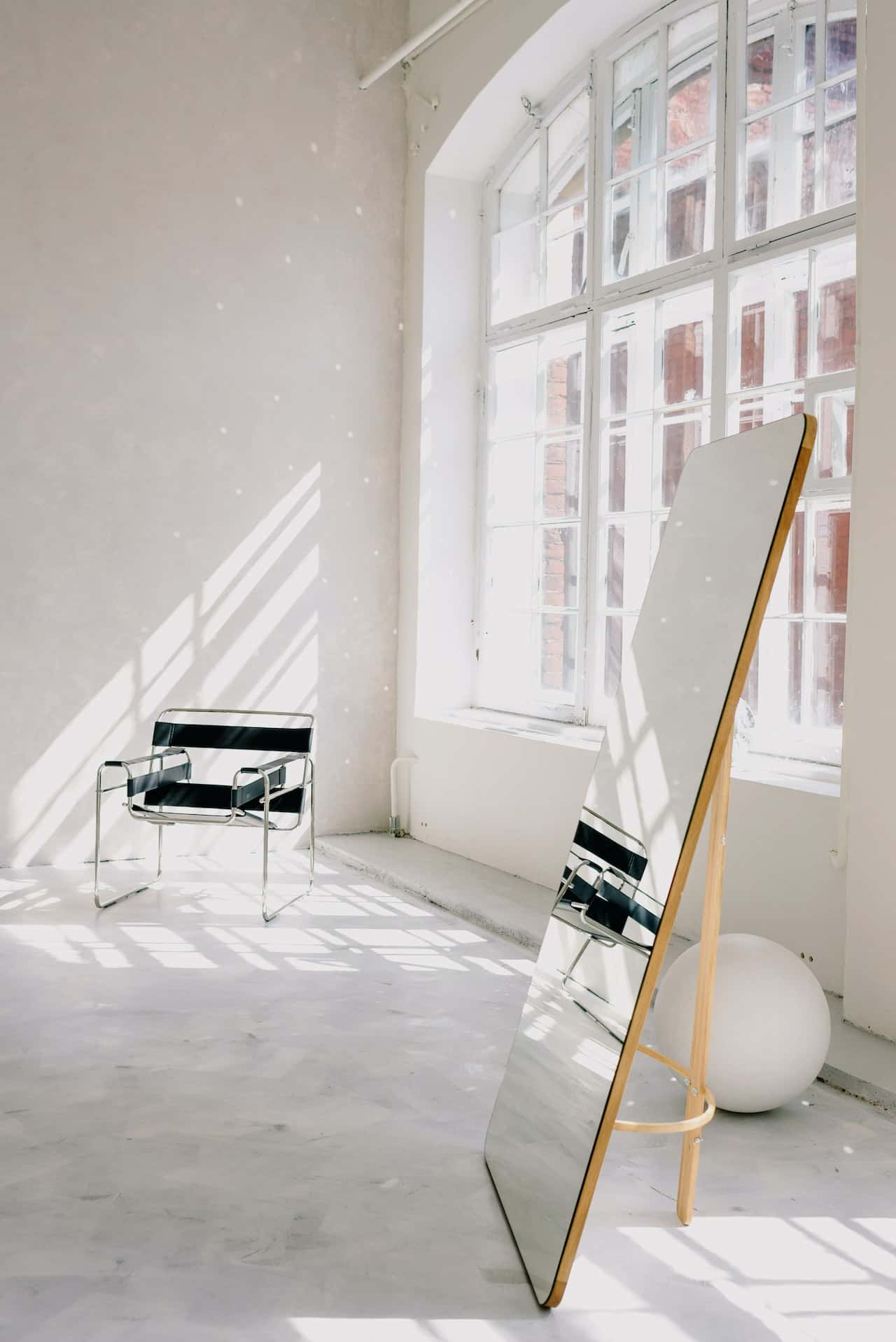
Now, let’s turn to the other side of the coin. What are the counter-balancing factors you should keep in mind before making a decision?
- For some people, the sheer hardness of concrete can be a disadvantage. They may prefer floors with a more natural feel.
- We mentioned above that concrete floors retain coolness. While this may be great in summer, it can be a drawback for those in places with long, cold winters.
- Concrete floors that are highly polished also tend to be slippery. One needs to take care about using this in areas where there is a lot of coming and going.
- Concrete should be treated and sealed to make it moisture-proof. Such sealing should be redone every few years to prevent cracks.
- In areas that are on the ground floor, care needs to be taken so that the surface beneath the concrete is not prone to dampness. Over time, this can damage the concrete.
How to Decide Where to Use Concrete Flooring

By now, you should have a comprehensive picture of the pros and cons of concrete. A lot depends on the type of interiors, the number of people at home, and the location.
For example, since concrete is a very hard surface, you should take great care if you live with those who are prone to spills and falls. These could be elderly people or very young children.
While concrete can be delightfully cool during the hot season, in winter, you may have to use a variety of rugs and carpets to offset the cold. Some people also install what is referred to as radiant heating systems, which deliver heat through floors and walls.
The low cost and long life of concrete, on the other hand, are appealing factors. You could decide that concrete flooring is perfectly suited for certain types of areas at home.
- In kitchens, the durability of concrete makes it an extremely suitable flooring. It is also easy to clean and maintain.
- In bathrooms, concrete needs to be sealed to remain moisture-proof. You may also want to check whether the floor will be cold or if it needs to be heated.
- Concrete has often been used in basements and garages because it is rock-hard and resists wear and tear. Concrete and epoxy garage floors can be just the right combination.
- Concrete flooring can also be perfect for foyers and entryways. The low maintenance and durability make it suitable for such areas with high foot traffic.
- In other interior spaces, such as living rooms and bedrooms, concrete can be dyed and stained, as well as polished. This gives rise to a variety of finishes and colours. These treatments can make concrete blend in with the walls and other elements. Stained concrete floors, for example, will look distinctive and appealing.
Making Concrete Look Good
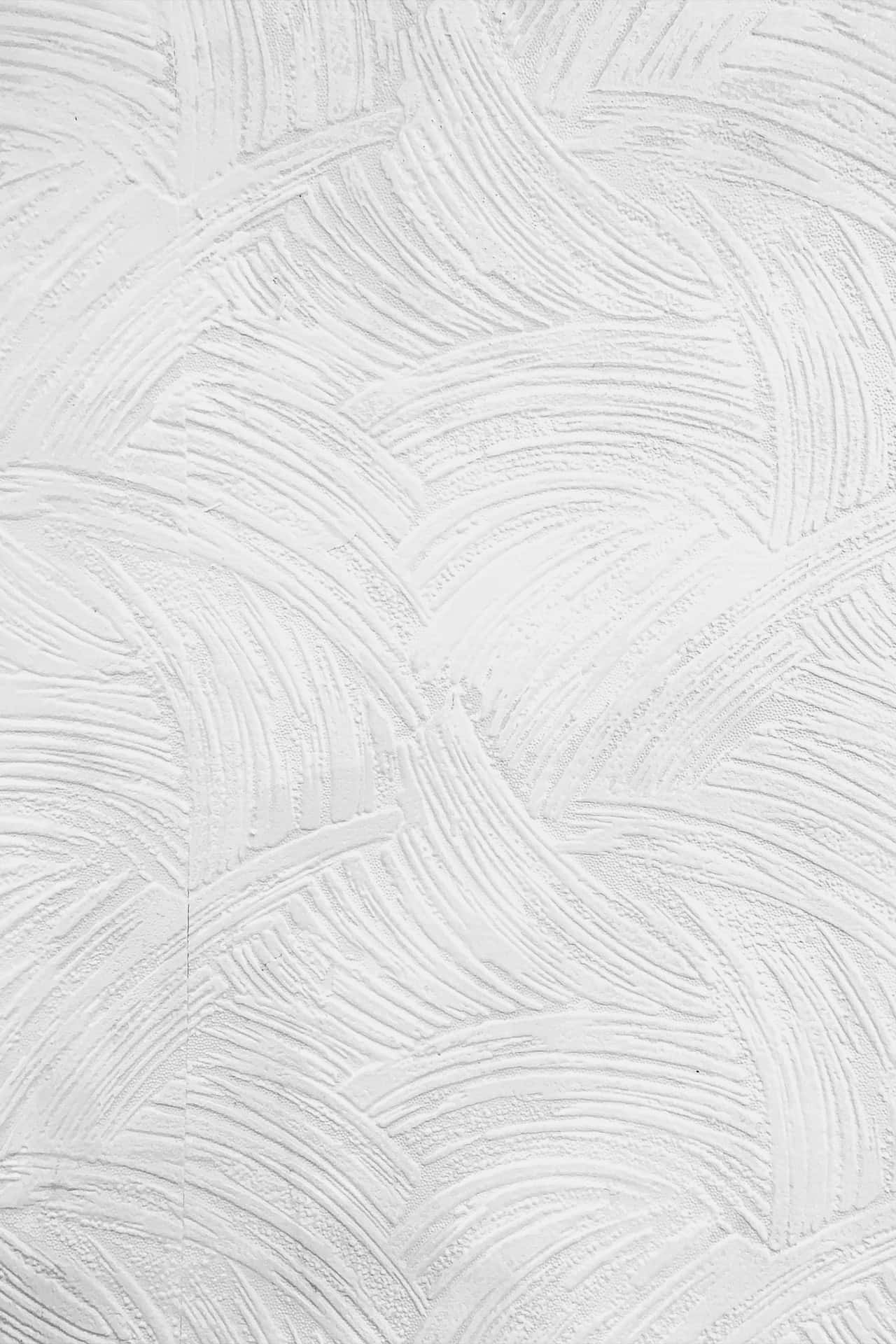
Let’s get into a little more detail about the different ways in which concrete can be treated to make it visually different.
The most attractive colours for concrete are greys and brown tones. Having said that, there is a range of other options as well. Colours can be mixed into the ingredients when concrete is being mixed, or they can be applied onto the surface after it is laid. You can choose whatever colour you think will blend best with your interiors.
Stained concrete also enhances the appearance. There are different types of stains available, which vary in intensity. They tend to be long-lasting. Staining is a good idea when it comes to renovating or refurbishing older concrete floors.
The above techniques can be combined with types of polishes to make concrete floors shine. High-gloss concrete floors can be a unique option for your flooring. Polished concrete flooring cost in India is extremely affordable. This makes it all the more appealing.
That’s not all. Concrete can also be treated to create textures and patterns. These can resemble other types of flooring, such as stone or wood. This could be a great option when combining concrete with other types of flooring at home. The overall effect can be both seamless and striking.
Cleaning and Maintaining Concrete Floors
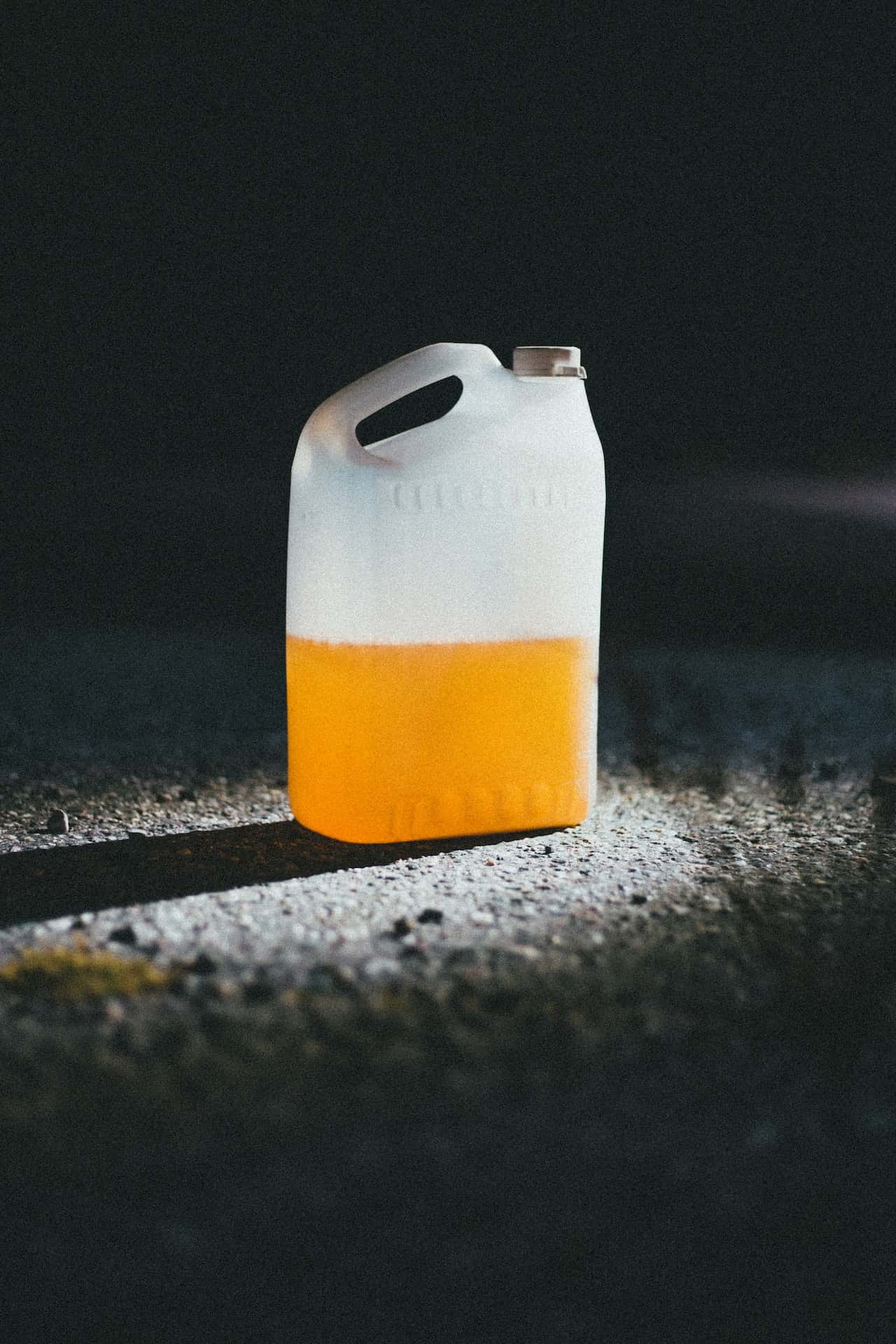
Cleaning concrete floors is a simple endeavour. It does not require any special type of application or process. Like any other floor, it needs regular sweeping to begin with. A mop, a bucket of water and a regular floor cleanser should be the next steps. Once in a while, you can give it a good scrub. Make sure the surface is completely dry before walking across sit.
For stubborn stains, you can try other methods, such as bleach or special cleansers. However, don’t forget that such cleansers should not be applied to polished concrete; otherwise, they will mar the appearance.
Concrete sealants make the flooring resistant to moisture. Often, the concrete slabs used for flooring come pre-sealed. This needs to be checked every few years to keep the surface looking as good as new.
In general, you should be aware of the type of concrete that is used on floors — that is, whether it is unsealed, stained, and so on. This will let you clean it in the best way possible. Re-staining is an affordable and convenient way to take older concrete floors and give them a whole new look.
Concrete Flooring Summed Up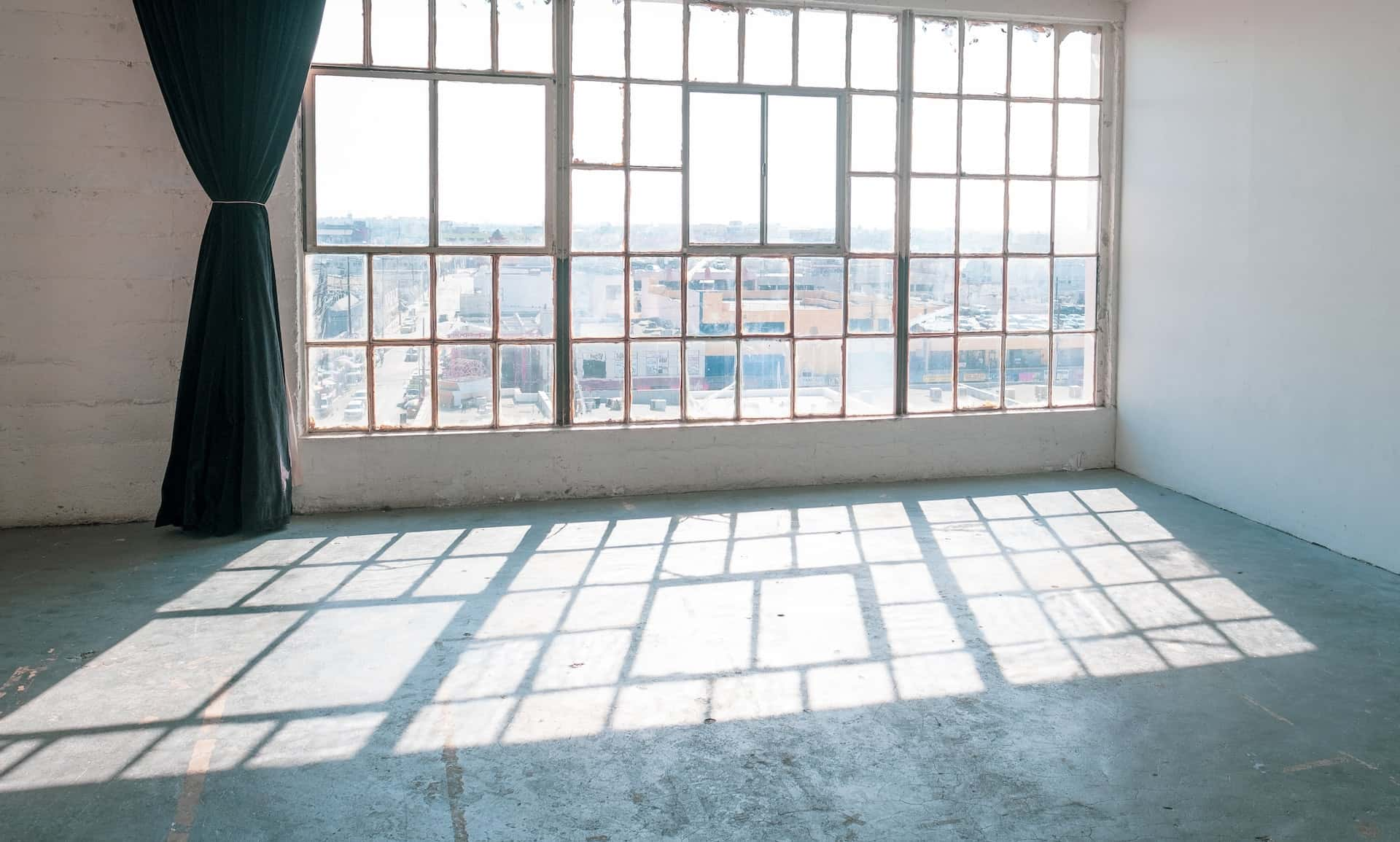
Concrete is a cost-effective and striking material for flooring. It is durable and low-maintenance. However, the pros and cons of concrete should be kept in mind by homeowners before coming to a decision.
There are many options for concrete flooring to choose from. It can be natural, painted or stained. It can also be plain, polished or textured.
Because of the many effects that can be created with concrete flooring, it can match any décor. Stained concrete floors are popular for this reason. Concrete can also be environmentally-friendly because it is sustainable. It is simple to clean and care for.
Concrete floors retain coolness. This makes it pleasant during the hot summer months. However, in winter, the floors can be uncomfortably cold. Rugs and carpets are one solution, and proper heating solutions are another.
Concrete also needs to be sealed so that it fights off moisture. Ideally, this process should be repeated every few years so that the concrete stays as good as new.
Certain areas are well suited to concrete floorings, such as garages, basements and even large kitchens. Concrete is also great for entryways, halls, and places with a lot of coming and going.
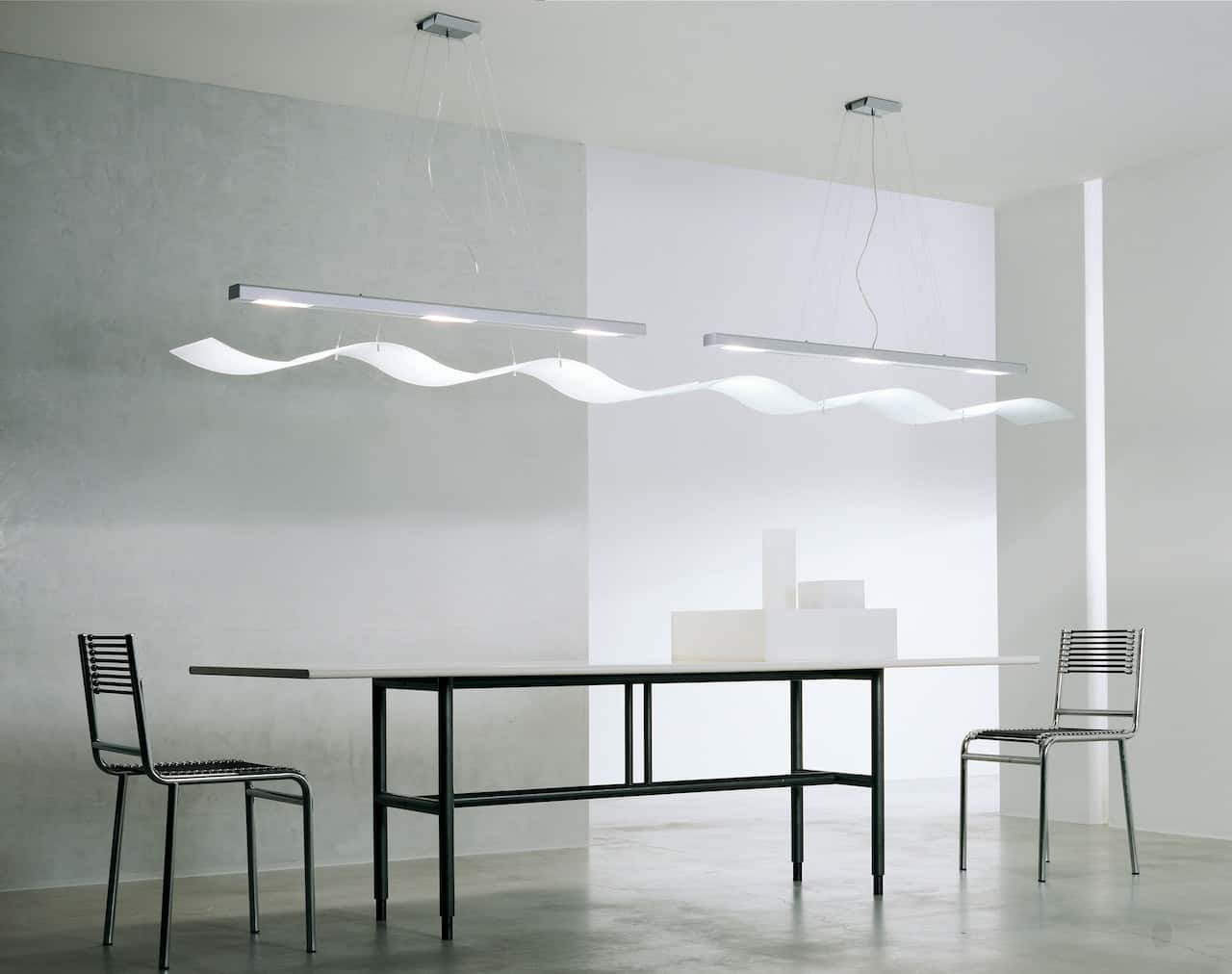
We’re sure that once you’ve made an informed choice about whether or not to go in for concrete flooring, you’ll be keen to find out how to elevate all other aspects of your interiors. At HomeLane, this is what we’re experts at. Come on over to HomeLane to discover some excellent tips on living room designs.
FAQs
What are the disadvantages of concrete flooring?
In general, concrete is a good option for flooring. It is attractive, hard-wearing, and easy to maintain. It has come a long way from its earlier industrial use. However, some of the drawbacks of concrete flooring for interior surfaces are:
- It can be very hard and cold as a material, making it uncomfortable for some, such as young children and elderly people.
- It needs proper and periodic sealing in order to be moisture-proof.
- Polished concrete floors can be slippery.
- In ground-floor locations, care should be taken to seal the underside so that the concrete can resist moisture.
Can you just have a concrete floor?
Most new houses have basic concrete slabs on the floors just after they are fully constructed. While such types of concrete may be suitable for garages and basements, for other interiors, the concrete will need to be sealed to fight off the water. That apart, the concrete can be treated to make it smooth. It can even be stained or dyed to create colours that match the rest of the interiors.
How long do concrete floors last?
Concrete is extremely durable. This is among its great advantages. With proper treatment, sealing, and maintenance, some experts even say that concrete floors can last for twenty years or even more. That is why it is seen as a long-term and cost-effective option by many homeowners today.
Do concrete floors crack?
Expansion, shrinkage, and premature drying are some of the factors that can cause concrete to crack. All these can be prevented by proper and professional installation. After that, most concrete floors need to be sealed. These steps will minimise the chance of cracking.
Are concrete floors hard to maintain?
Concrete floors are easy to care for. When properly sealed, they resist dirt, spills, and stain. Sweeping and mopping are all they need. Concrete floors also need to be moisture-resistant and for this, they need to be re-sealed every few years.

